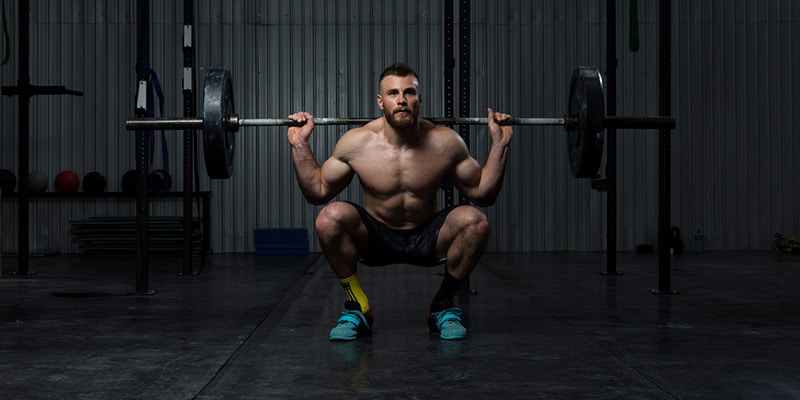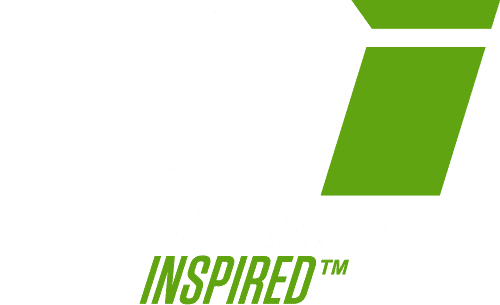Tips to Optimize Your Big 3 Lifts

If your goal is to get big, one of the best ways to get there is to optimize your big 3 lifts: the squat, the bench press, and the deadlift. These compound lifts have been trusted by bodybuilders for years as a surefire way to build muscle mass. In fact, bodybuilding.com says that, “Barbell lifts always have been, and always will be, the most effective way to overload the muscles and stimulate hypertrophy.”
Executing the big 3 lifts with proper form is key to reaping all of the benefits they have to offer. Read on to learn tips and advice from the experts on how to optimize your big 3 lifts for building and maintaining muscle.
Put the emphasis on “big”

When discussing the big 3 lifts, the emphasis should always be on “big”. These lifts should be big, explosive, and challenging so that you overload your muscles. In lifting, this is called the progressive overload principle, which states, “In order for a muscle to grow, strength to be gained, performance to increase, or for any similar improvement to occur, the human body must be forced to adapt to a tension that is above and beyond what it has previously experienced.”
Essentially, this means that if you continue to lift the same amount of weight, for the same number of reps, in the same way, nothing new is going to happen. To apply the progressive overload principle, you can increase the amount of weight you lift, increase the number reps you execute, or try a new variation of the big 3 lifts (see below). Whether you get just 1 more rep on just 1 set, or add 5 pounds to all of your sets, it doesn’t matter. To optimize your big 3 lifts, your goal should be to beat what you did the previous time.
Add variation
The big 3 lifts are not just about the classic squat, bench press, and deadlift. Adding variations of these lifts to your routine is the best way to improve your weaknesses. Muscle and Fitness lays out several variations of the big 3 lifts that you can choose from:
Squat
- Low-bar back squat
- Front squat and/or high-bar squat
- RDLs
Bench press
- Flat, incline or close-grip benches
- Pause benches
- Lock-outs
- Overhead presses
- Board presses
- Floor presses
Deadlift
- Conventional, sumo and deficit deadlifts
- Box/rack pulls
- Romanian deadlifts
- Unsupported T-bar rows
Muscle and Fitness goes on to say, “If it doesn’t include a barbell, isn’t a multi-joint movement, doesn’t utilize the core or you can’t fall over when doing the exercise, it doesn’t belong in your program.” To start gaining muscle mass and strength, organize your entire training plan based on a combination of these lift variations. The main takeaway point: stay away from the machines!
Manipulation of lift tempo

Another factor that plays a role in how you can optimize your big 3 lifts is manipulation of the lift tempo. This means your focus should be on increasing the time of the negative, or eccentric, portion of the lift. The eccentric portion of the lift has to do with the eccentric contraction, the motion of an active muscle while it is lengthening under load. For example, when you’re doing a biceps curl the action of lowering the dumbbell back down from the lift is the eccentric phase of that exercise. That is, as long as the dumbbell is lowered slowly rather than letting it drop. The goal of this type of training is to focus on slowing down the elongation of the muscle process, which challenges the muscles. The result is strong muscles, faster muscle repair, and increased metabolic rate. But manipulating the tempo doesn’t end there.
In addition to making the eccentric portion longer, it is also recommended to utilize strategic pauses on many lifts. A strategic pause will take away the momentum involved in the lift, which makes the muscle work harder. As an example, let’s use one of the big 3 lifts: the squat. By pausing momentarily in the bottom position of the squat, you’ll be taking away the lift’s momentum, thus forcing your legs to work much harder.
Diet & Recovery
Following a training program based on the big 3 lifts means you’re serious about building muscle. Which means you should be eating like you’re serious about building muscle. Don’t let all of your hard work go to waste by eating a crappy diet! Getting the right nutrition is crucial to optimizing your big 3 lifts, especially after a tough workout.
When you’re lifting heavy and overloading your muscles, you’re burning through all of your glycogen and protein stores. One of the biggest mistakes you can make in your recovery is neglecting to replenish these nutrients after a workout. Brian Nguyen, Mark Wahlberg’s trainer and owner of Brik Fitness in Redondo Beach, Ca., told Men’s Fitness, “If you don’t replenish it immediately, your body will feel that depletion and a sense of soreness, fatigue, even nauseousness. Nutrition is 90 percent of the work. Whether that’s a shake, whether that’s a sensible meal, that’s part of the process.”
In addition to diet, recovery is extremely important to ensure you’re reaping all of the benefits of your big 3 lifts. Experienced lifters know that recovery is just as important as time in the gym. Without proper recovery time and nutrition, you’re going to make it harder to achieve your goals in the gym and you could actually be doing damage to your body. Schedule your rest days, actually take them, and make sure you’re getting the right nutrition to fuel muscle growth while you recover.
Speaking of the right nutrition, have you tried any of the Performance Inspired products that were specifically designed to help maximize your muscle recovery? The BCAA PLUS Post-Workout contains an electrolyte blend to support endurance, taurine for metabolic support, and many other clean, natural ingredients to support muscle growth. This product is a simple (and delicious) way to optimize your big 3 lifts and all of your fitness goals!


